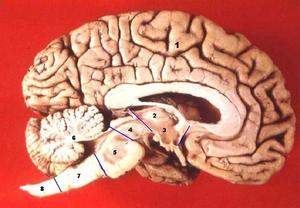During my years as a therapist, I’ve not only worked with the Borderline Personality Disorder (BPD) patient, but also their loved ones. While the focus is often on the BPD, the family may suffer in silence. I have listed five suggestions to help those in this type relationship cope with their own life.
1. Learn About The Condition
Many times, those living with someone with BPD are helped when they learn the symptoms and behaviors associated with this condition. Many people with BPD have suffered a serious loss or abuse in their past. They are damaged in their ability to relate to others. They need professional help. Family members, significant others, and friends can profit from learning about the “why” by seeking out books such as “Stop Walking of Eggshells” by Paul Mason and Randi Kreger, as well as “I Hate You – Don’t Leave Me” by Jerold J, Kreisman, MD and Hal Straus.
2. Realize That It Is Not Your Fault
A person with Borderline Personality Disorder has trouble taking responsibility for their own actions. They look to others to fix them. Don’t get caught up in this, and don’t take the blame for something that you didn’t do.
3. Learn To Set Boundaries
In a Borderline’s world, it is always about them. They do not consider the needs of those they are involved with as being as important as their own. Learn to say “no” when needed. I have heard it described as living with someone with BPD as living with someone who has a hole in their bucket. No matter how much you try to fill their bucket, it is always never going to be full. On the same note, do not feel sorry for the person who has suffered neglect or abuse to the point that you allow their past to be an excuse for their behavior. Learn what is normal to give while still taking care of yourself.
4. Accept That The Borderline May Not Change
Treating a person with BPD is difficulty. They often move from one relationship to another, and from one therapist to another. When they don’t get the answers they want, or when they are put into a position to take responsibility for their own behaviors, they move on to someone else.
5. Get Professional Help For Yourself
Living with a person with BPD can make one feel that they are mentally ill, and, in truth, they can develop mental problems such as low self image, depression, and anxiety. Therapy can help one learn to deal with the Borderline, as well as learn to live with the emotions during this time. Sometimes, it helps one to learn to set boundaries or learn to distance from the abuse that may occur when involved in a relationships with someone with Borderline Personality Disorder.
If you found this article interesting, you might also be interested in my article “Are You Living With Someone With Borderline Personality Disorder”: http://www.associatedcontent.com/article/8031337/are_you_in_a_relationship_with_someone.html
Sources: 30+ years in practice as a psychologist
“Stop Walking on Eggshells” by Paul Mason and Randi Kreger
“I Hate You–Don’t Leave Me” by Jerold J. Kreisman and Hal Straus








